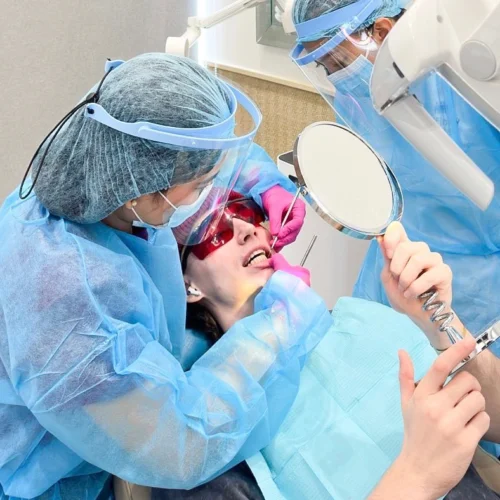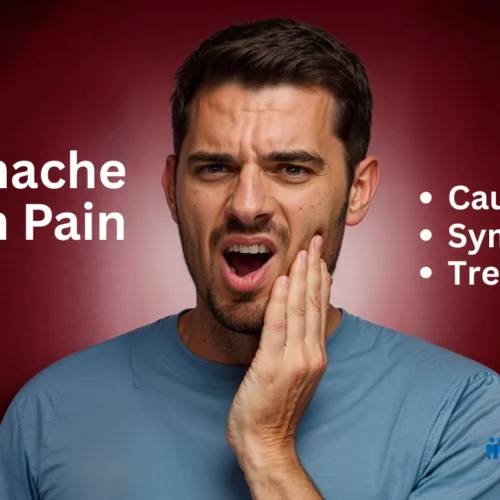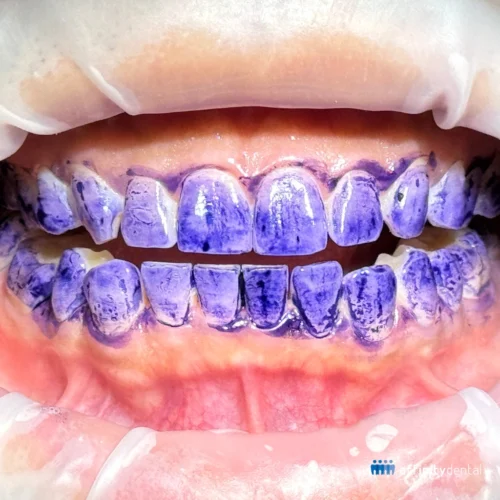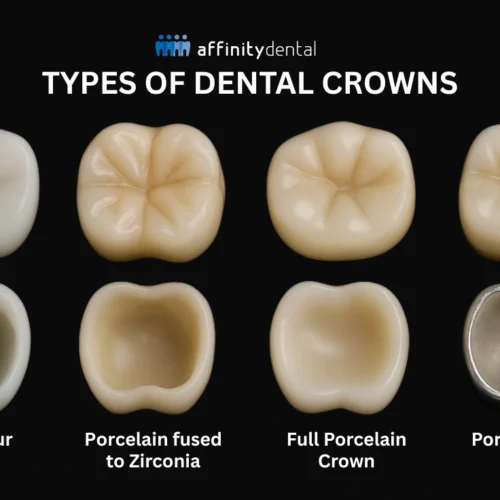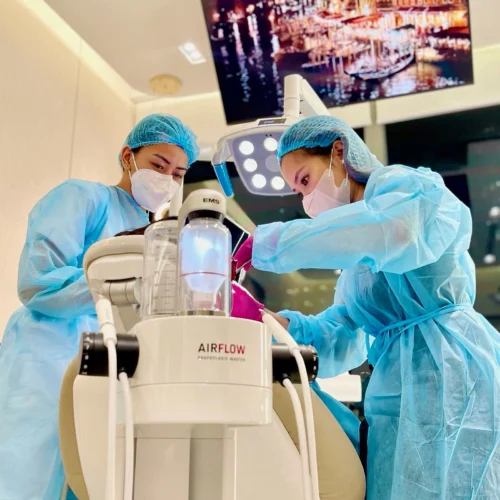Dental Cleaning Today: Traditional Oral Prophylaxis vs. AIRFLOW® Prophylaxis
For generations, “dental cleaning” has meant one thing: oral prophylaxis. Patients are used to the familiar sound of the scaler, the scraping away of tartar, and the final polish with gritty paste.
But in recent years, a new method has been quietly reshaping the way dentists clean teeth. It’s called AIRFLOW® Prophylaxis, and it combines advanced technology with a more comfortable, precise approach to preventive care.
Both treatments aim for the same goal—healthy teeth and gums. The difference lies in how they feel, how they work, and what additional benefits they bring.
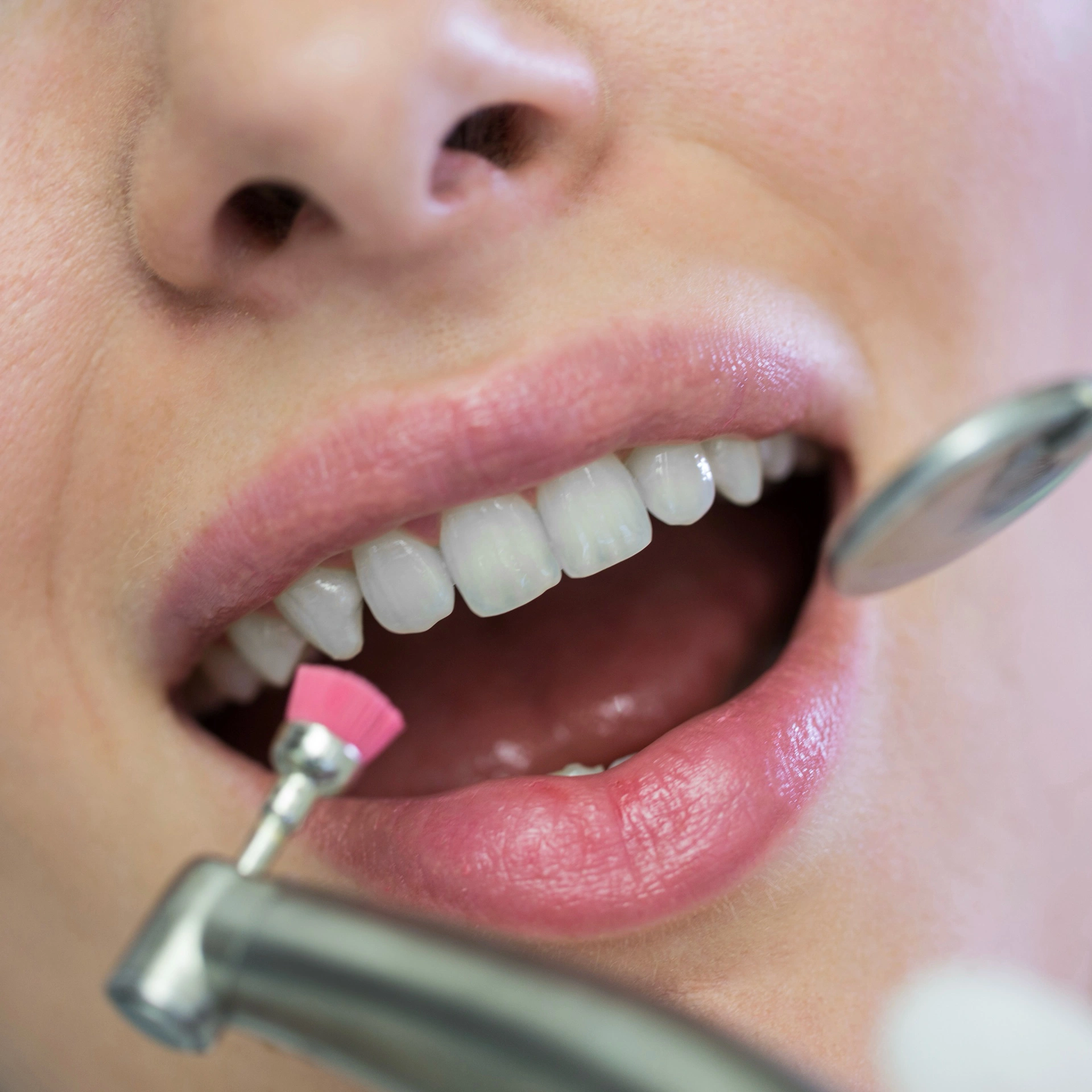
The Tried and True: Traditional Oral Prophylaxis
Traditional cleaning is what most people picture when they schedule a dental visit.
How it works:
-
- Dentists use ultrasonic scalers and hand instruments to scrape away tartar and plaque.
-
- Afterward, a polishing paste is applied to smooth the tooth surfaces.
Why it works:
-
- Excellent at removing hardened tartar that can’t be brushed away at home.
-
- Time-tested and effective for all patients, especially those with heavy buildup.
The experience:
-
- For some, it’s perfectly tolerable. For others, the scraping sounds, vibrations, or occasional sensitivity can be uncomfortable.
-
- Stains from coffee, tea, or smoking may not be fully removed unless additional polishing tools or air abrasion are used.
Traditional prophylaxis remains a trusted option—and many patients who have always done it this way choose to continue with it.
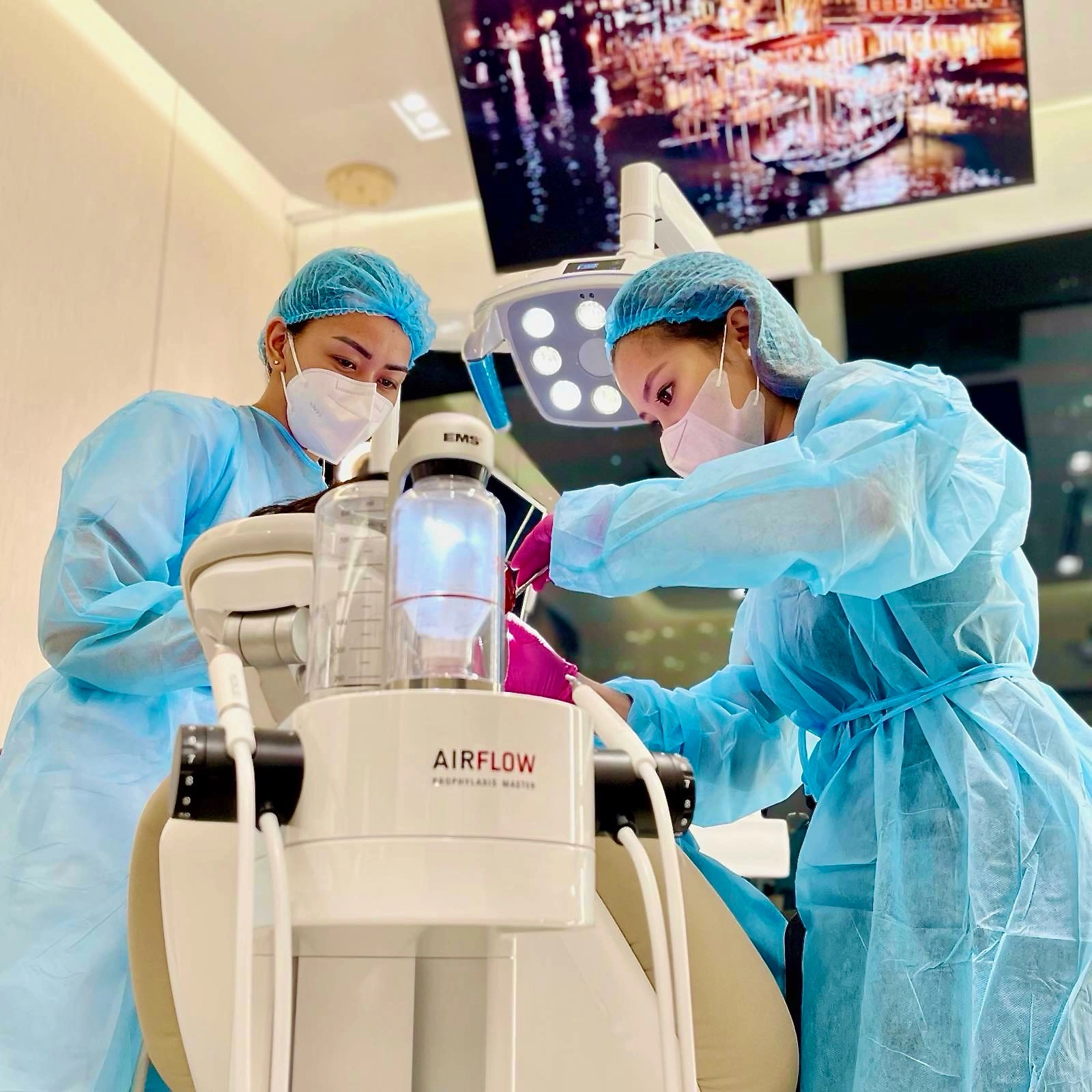
A Modern Alternative: AIRFLOW® Prophylaxis
Imagine a cleaning that feels less like scraping and more like a refreshing rinse. That’s the promise of AIRFLOW®.
How it works at Affinity Dental Clinics:
-
- Biofilm Disclosure – A special solution is applied to your teeth, staining biofilm in different colors to show both dentist and patient exactly where plaque is hiding.
-
- AIRFLOW® Cleaning – A jet of warm water, air, and fine erythritol powder sweeps away the stained biofilm and surface stains—fast and gently.
-
- PIEZON® Scaling – If hardened tartar is present, it is removed comfortably with ultrasonic PIEZON® technology.
-
- PERIOFLOW® (if needed) – Allows safe cleaning in deeper gum pockets or around implants and braces.
-
- Final Check – The disclosed areas are re-examined to confirm complete removal.
The benefits:
-
- Faster: Patients are often surprised at how quickly their teeth feel clean.
-
- More comfortable: No scraping, less vibration, and warm water make it a pleasant experience—especially for those with dental anxiety or sensitivity.
-
- More precise: Thanks to the disclosure dye, both dentist and patient can actually see where the cleaning is needed.
-
- Restoration-friendly: Gentle enough for veneers, crowns, bridges, implants, and orthodontic appliances.
-
- Stain removal: Unlike traditional cleaning, AIRFLOW® removes extrinsic stains during the same procedure—no extra polishing tools required.
Affinity Dental Clinics also has the widest network of AIRFLOW® systems in the Philippines, available in all branches across Metro Manila and Cebu.
AIRFLOW® Stain Removal vs. Teeth Whitening
It’s easy to mistake stain removal for whitening—but they are not the same.
-
- AIRFLOW® Prophylaxis removes surface stains from coffee, tea, wine, and smoking, restoring your natural tooth shade.
-
- Professional Teeth Whitening, on the other hand, uses bleaching gels to lighten the actual enamel color, achieving a brighter shade beyond your natural baseline.
Many patients choose AIRFLOW® as a first step before whitening, ensuring the teeth are completely clean before bleaching begins.
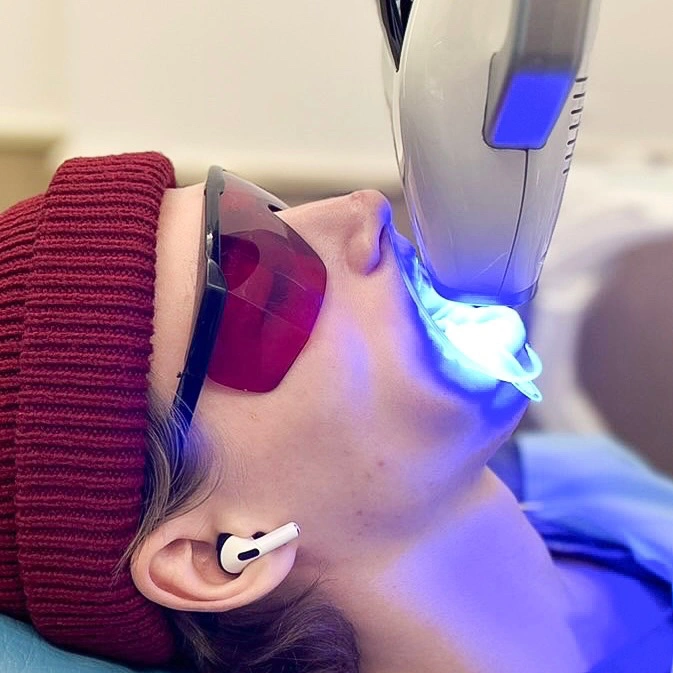
A Side-by-Side Look
| Feature | Traditional Oral Prophylaxis | AIRFLOW® Prophylaxis |
| Main Target | Plaque, tartar | Biofilm, plaque, tartar (with PIEZON®) |
| Stain Removal | Limited – extra tools needed | Yes – built into the procedure |
| Biofilm Mapping | Not included | Yes – with disclosing dye |
| Comfort | Scraping, vibration, possible sensitivity | Gentle, refreshing, well-tolerated |
| Speed | Longer session | Usually faster and more efficient |
| Suitability | Everyone | Everyone |
| Best For | Patients used to traditional method | Patients seeking comfort, precision, stain removal |
| Restorations | Safe with care | Especially safe for veneers, crowns, implants, braces |
| Cost | More affordable | Higher, but with added benefits |
So, Which One Should You Choose?
The short answer: it’s up to you.
-
- If you’re comfortable with the traditional way and prefer to keep it simple, oral prophylaxis remains reliable and effective.
-
- If you want a gentler, faster, and more precise cleaning—especially if you have restorations, dental anxiety, or visible stains—AIRFLOW® may be the better fit.
-
- If you have heavy tartar, both methods can manage it—traditional scaling or AIRFLOW® combined with PIEZON®.
At Affinity Dental Clinics, we offer both. In fact, many patients experience a combination of the two, depending on what their dentist recommends.
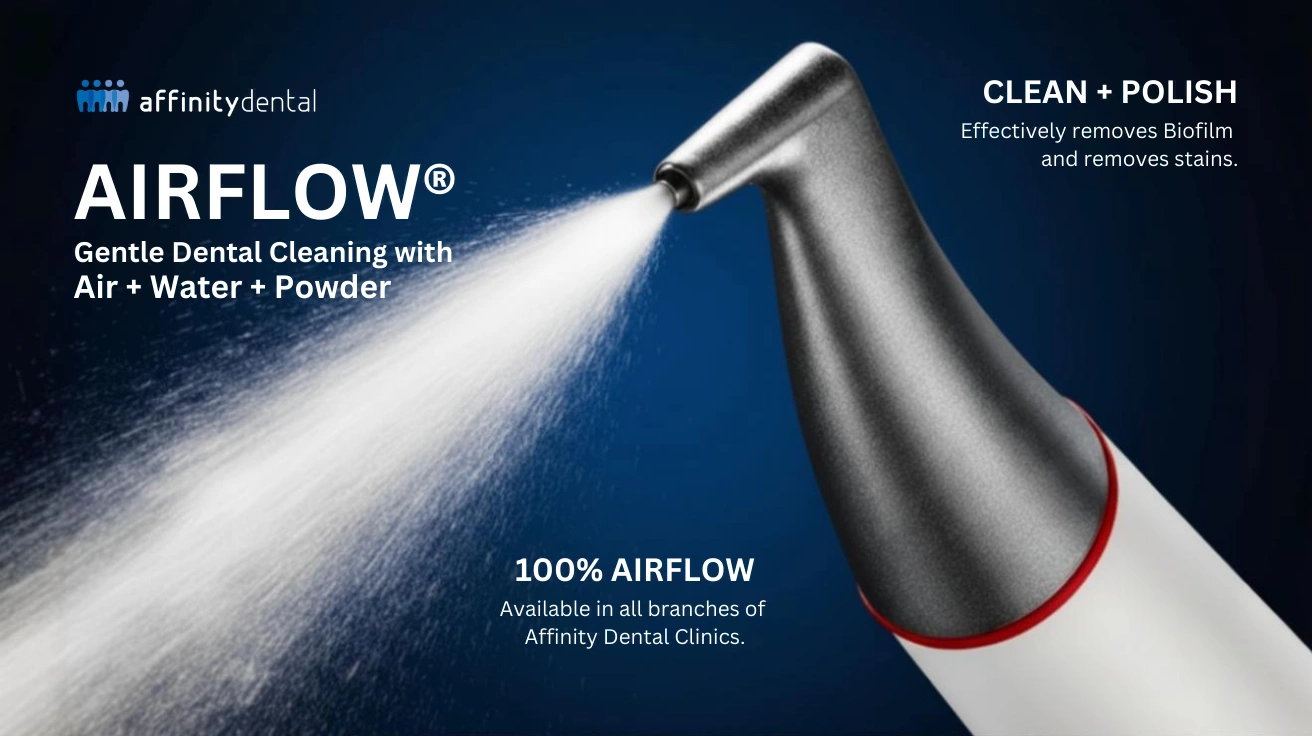
The Bottom Line
Both traditional cleaning and AIRFLOW® cleaning are excellent choices. What matters most is not the method itself but that you see your dentist regularly to protect your teeth and gums.
Traditional prophylaxis offers familiarity and reliability.
AIRFLOW® brings comfort, speed, precision, and advanced stain removal.
The choice is yours—and at Affinity Dental Clinics, you’ll always have both options available

